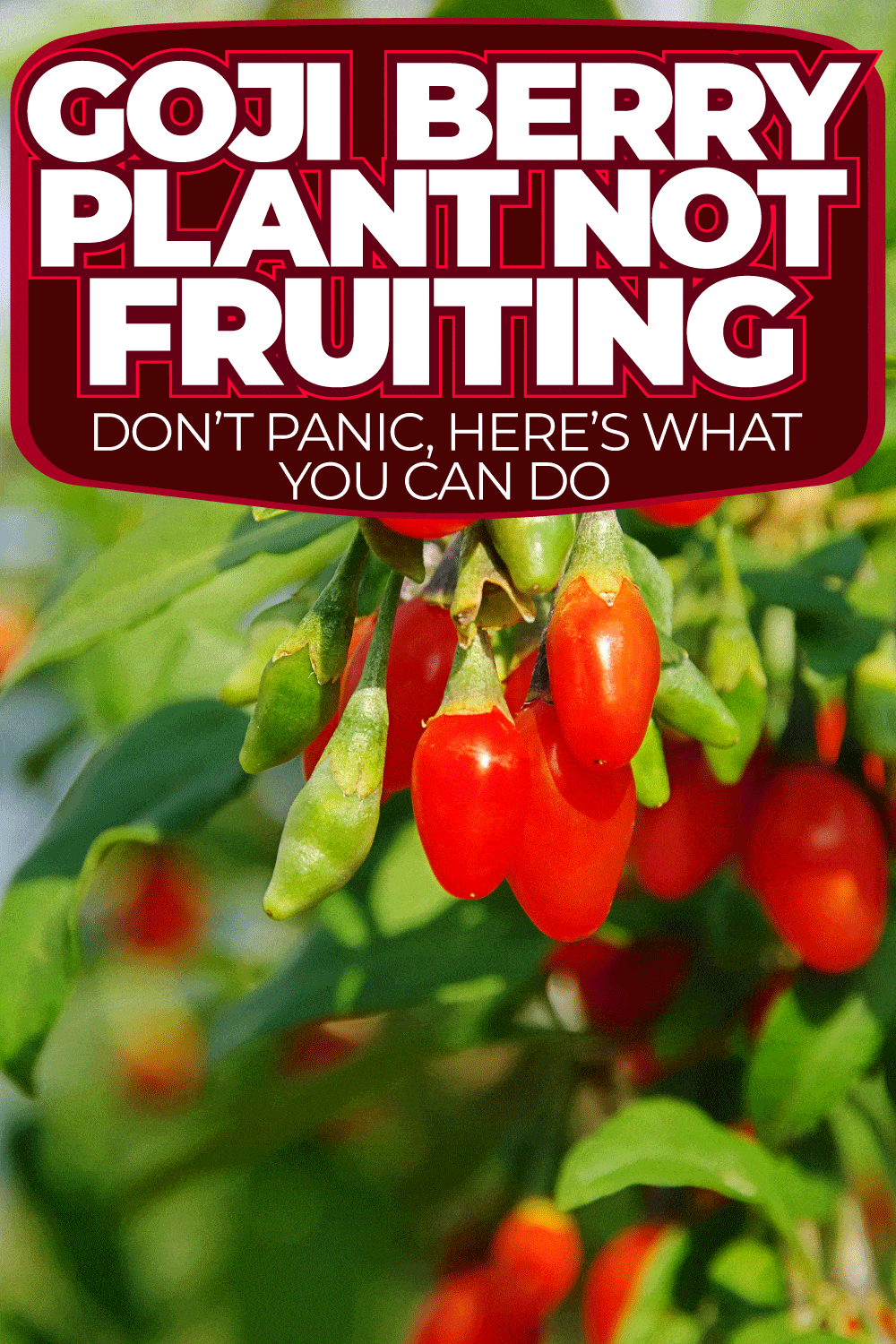Goji berry plants are known for their bright red berries and numerous health benefits. However, it's not uncommon for gardeners to encounter issues with their plants not producing fruit.

This issue can often be linked to off-season planting, inadequate sunlight, incorrect watering, or nutrient imbalances.
But with the right care, these problems can be addressed. Keep reading to find solutions to help your goji berry plant thrive and bear its delicious fruits.
Ways to Encourage Fruiting in Goji Berry Plant
From planting at the correct time to ensuring the right balance of nutrients, there are several strategies that can optimize fruit production in goji berry plants.
Correct Timing for Planting
One possible reason for a goji berry plant not fruiting is off-season planting. Goji berries have a specific growing season, and planting them outside of this period can lead to poor fruiting performance.

Goji plants start producing fruit at 2 years old, but maximum production is typically reached 3 to 5 years after planting.
Cuttings may produce fruit in the first season as they typically come from branches pruned by horticulturists to promote fruiting.
Make sure to plant your goji berry during the early spring or fall, when temperatures are mild.
Ensuring Adequate Sunlight
Another common cause of goji berry plants not fruiting is insufficient sunlight.

Goji berry plants thrive in full sunlight and can tolerate partial shade. Ensure they receive at least 6-8 hours of direct sun daily for optimal growth and fruiting potential.
If the plants are in a shaded area, consider relocating them to a sunnier location or pruning nearby trees to allow more sunlight to reach the goji berries.
Providing Essential Nutrients
Lack of proper nutrition can also contribute to a goji berry plant not fruiting. When planting, mix two-thirds of the soil from the planting hole with one-third compost.
Regularly add organic matter to the soil, ensuring a proper supply of nutrients for the plant.
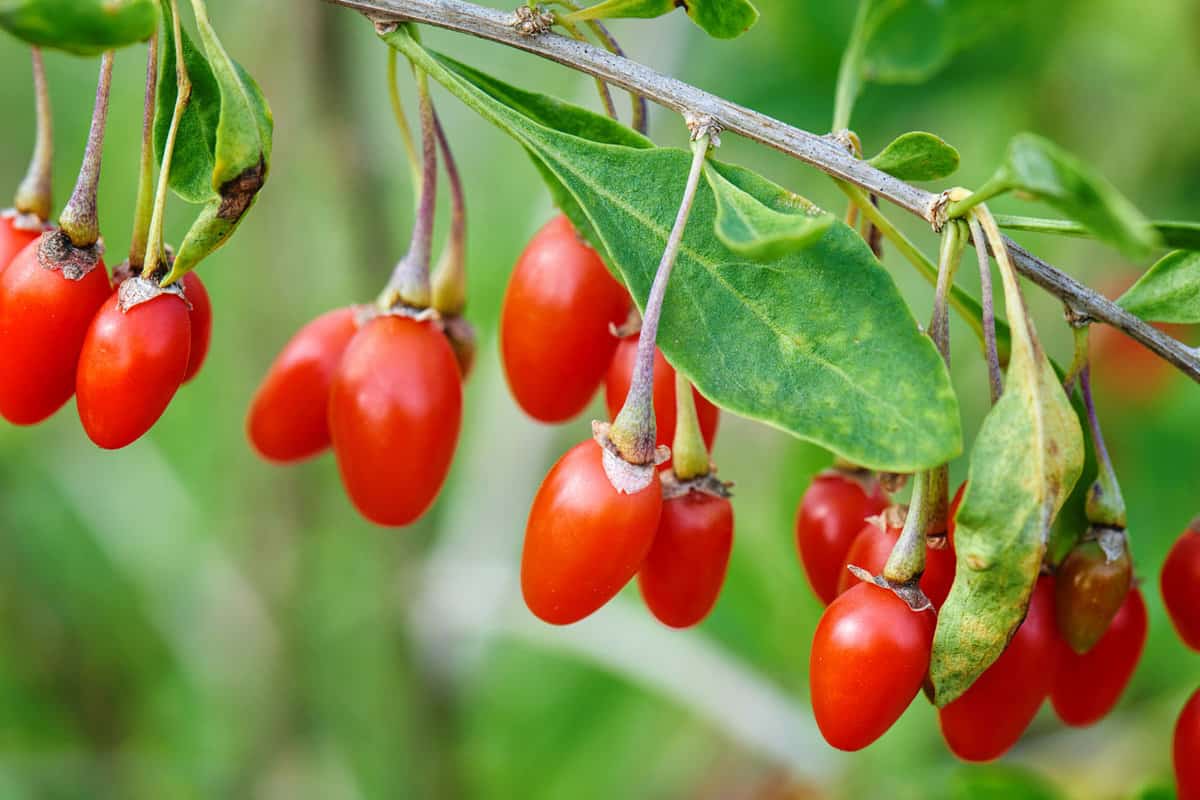
You may also consider applying a slow-release fertilizer in the spring and summer for extra support.
Regularly monitoring the soil's nutrient levels can also help identify and address any deficiencies.
Proper Watering Techniques
Lastly, inadequate watering can affect a goji berry plant's ability to fruit. Goji berries require consistent moisture to grow and produce fruits effectively.
Too little or too much water can lead to issues, such as wilting leaves or poor fruit production.
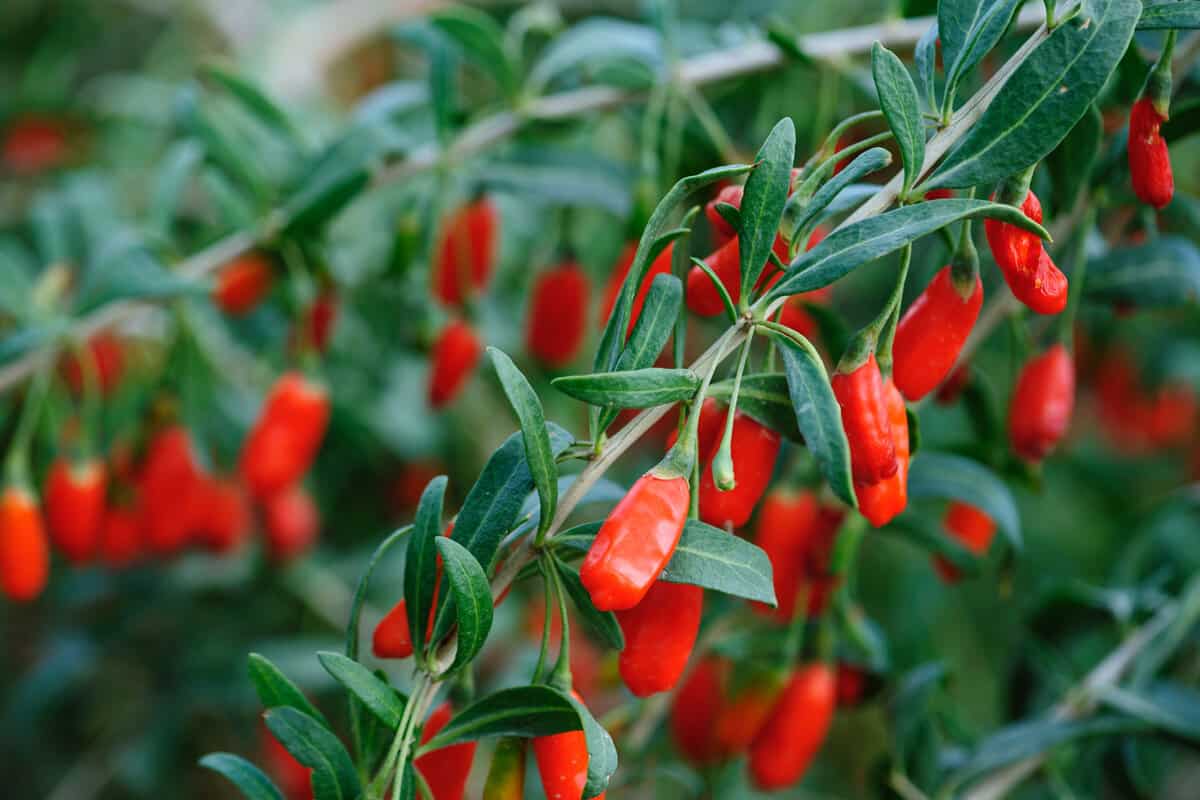
To keep the soil moist but not soggy, it's essential to water the plant regularly, especially during the first 6 months of planting.
Maintain a regular water schedule for goji berry plants to fruit successfully. Water the plants deeply after planting to help establish the root system.
Then, provide consistent moisture, but avoid overwatering as it may cause root rot. Aim for evenly moist soil during the growing season and allow the soil to dry a bit between waterings.
Additional Tips to Boost Goji Berry Fruit Production
There are several methods to improve the fruit production of goji berry plants. In this section, we'll cover pruning, mulching, and dealing with pests and diseases.
Pruning
Regularly pruning your goji berry plant is crucial to encourage better fruit production and maintain the overall health of the plant.
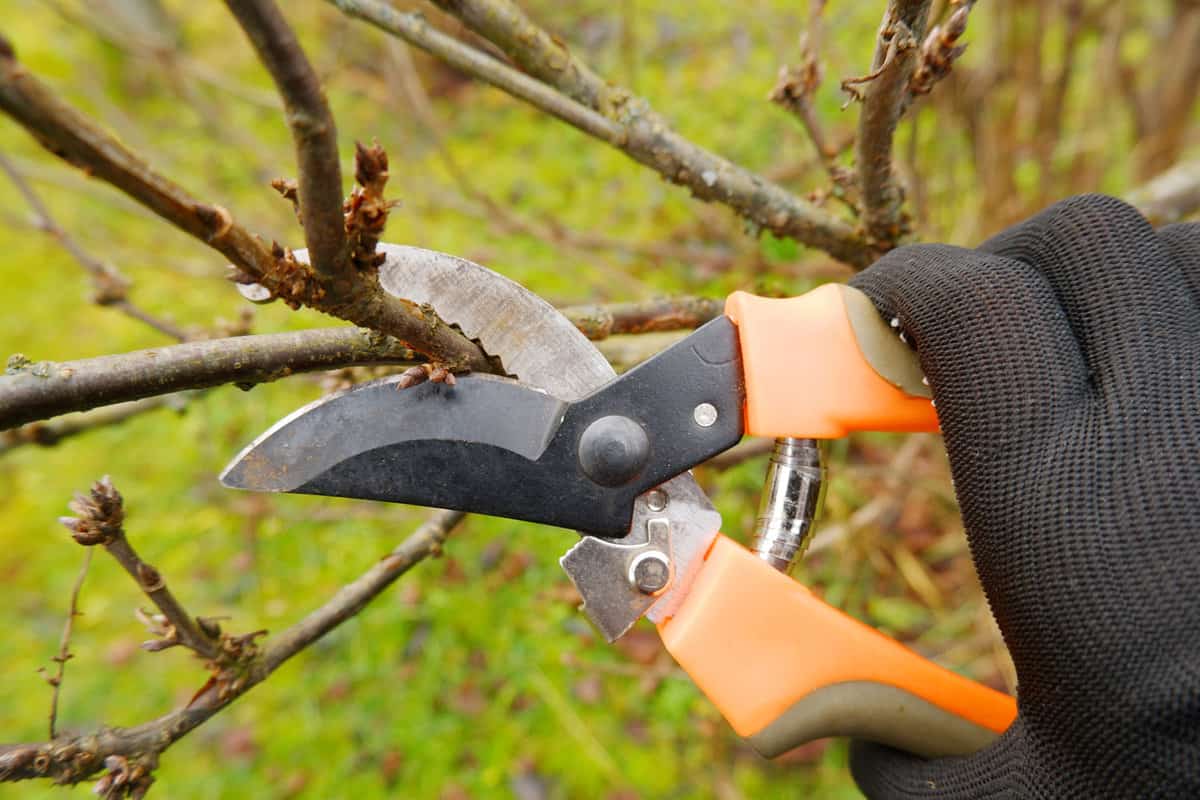
When pruning, focus on removing dead or damaged branches, as well as any that are crossing or rubbing against each other.
This will improve airflow and sunlight penetration, leading to healthier, more fruitful goji berry plants. Ideally, pruning should be done in early spring before new growth begins.
Mulching
Mulching is another effective method of improving fruit production in goji berry plants.
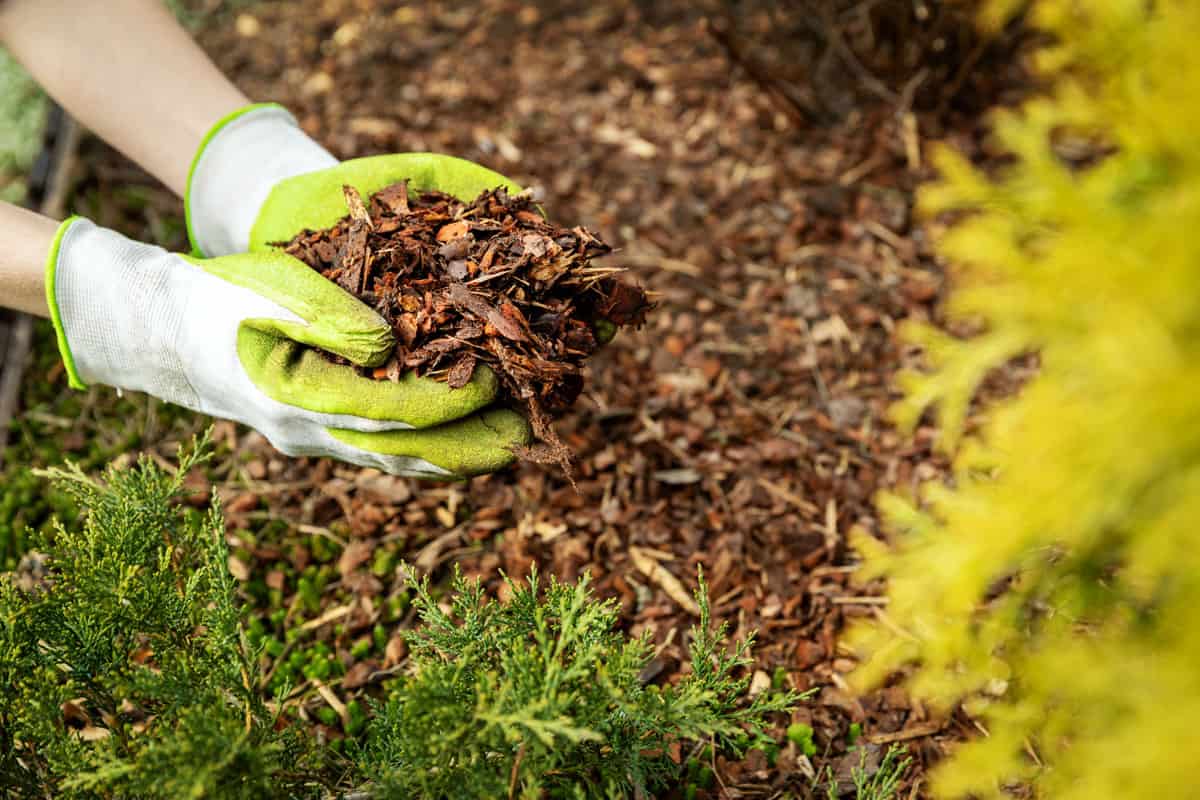
A layer of organic mulch, such as wood chips or compost, helps retain moisture in the soil, suppress weeds, and maintain soil temperature.
Apply a 2-inch thick layer of mulch around the base of the plant, leaving a small gap around the stem to prevent rot. Replace the mulch as needed, usually annually or biannually.
Dealing with Pests and Diseases
Preventing and managing pests and diseases is vital for ensuring a healthy goji berry plant that produces a bountiful harvest. Common pests that affect these plants include aphids, spider mites, and caterpillars.
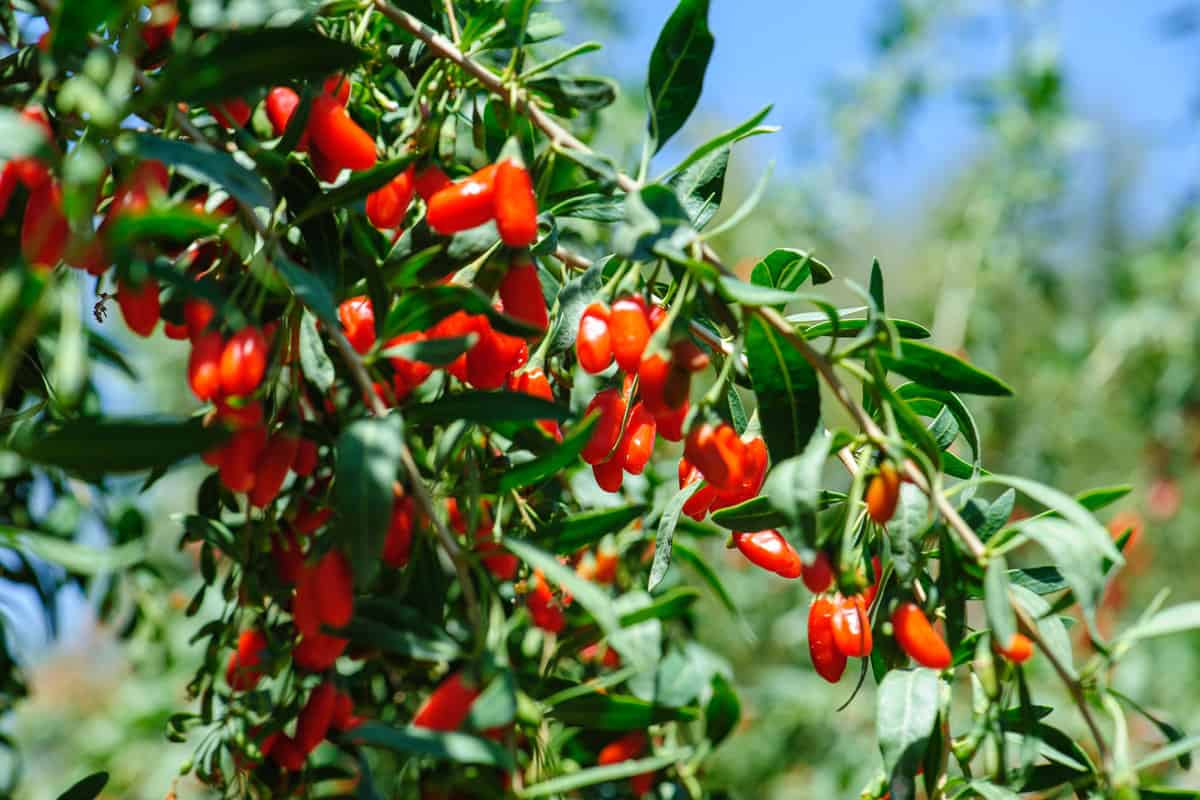
Regularly inspect your plants for signs of infestation, and if needed, use insecticidal soap or neem oil to combat these pests.
Some common diseases that can affect goji berry plants are powdery mildew, root rot, and leaf spot.
To prevent diseases, maintain a clean and well-ventilated growing area, avoid overwatering, and ensure proper plant spacing to promote airflow.
In Closing
Goji berry plants, valued for their nutritious berries, can face fruiting challenges.
Success in fruit production lies in understanding key factors such as healthy soil conditions and strategic pruning to encourage growth.
By addressing these various factors and employing a patient, friendly approach, you can help your goji berry plant produce the delicious and nutritious berries it is known for!
Read more:
Do You Need Two Mulberry Trees To Get Fruit?
Do Apricot Trees Fruit Every Year?
